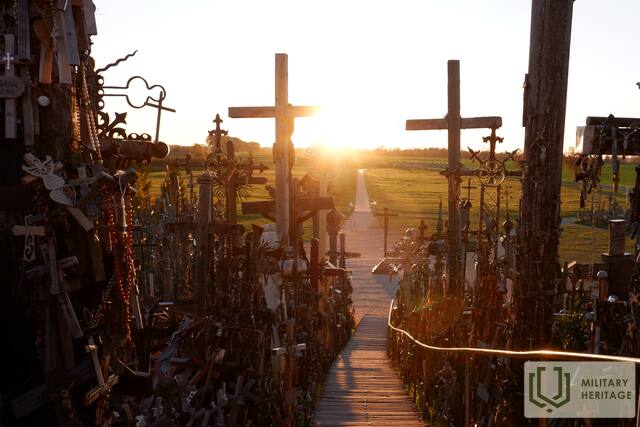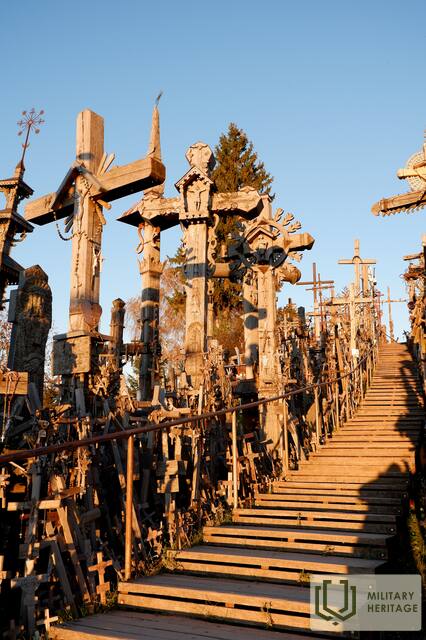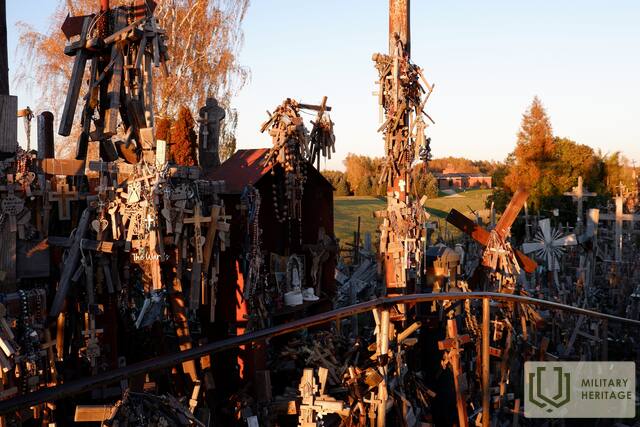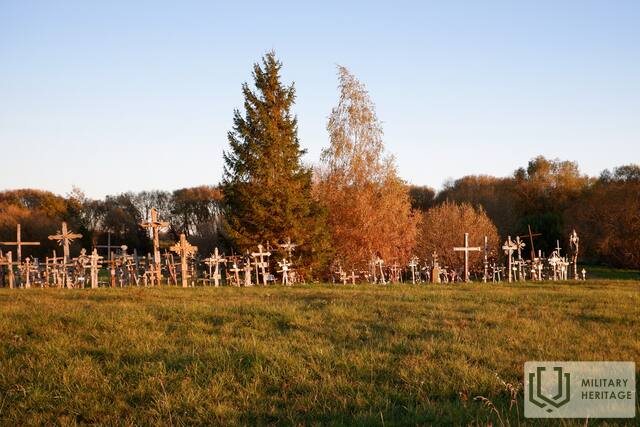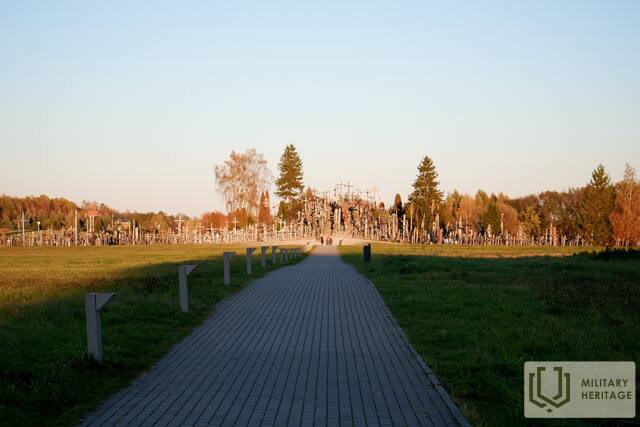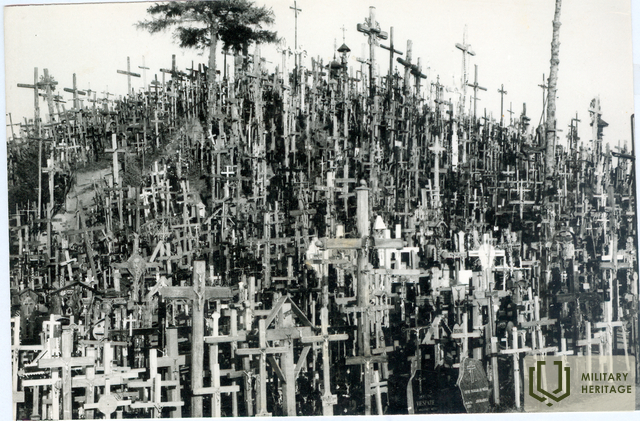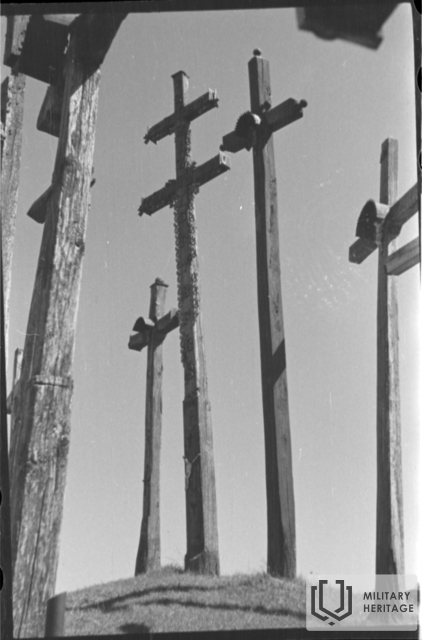Hill of Crosses in Šiauliai Memorial site

The Hill of Crosses is located near the Šiauliai-Riga railway line, about 12 km from the city of Šiauliai.
The Hill of Crosses is a unique and symbolic place in Lithuania, near Šiauliai, which has become a powerful symbol of faith, resistance and hope. The history of the hill dates back to the 19th century, when after the 1831 uprising, people began to build crosses to honor the fallen rebels. This tradition was revived after the 1863 uprising, and over time, the hill became a place where Lithuanians would leave crosses for remembrance, prayer or petition.
During the Soviet era, the Hill of Crosses became a symbol of Lithuanian resistance. The Soviet government tried to destroy the hill several times, the crosses were bulldozed, and the territory was protected by the KGB. In 1978–1979, there were even plans to flood the Hill of Crosses with water. However, people secretly rebuilt the crosses at night, and the Hill of Crosses filled up again. In this way, the hill became a symbol of the strength, resilience, and hope of the nation. Since 1988, the construction of crosses has no longer been prohibited.
After Lithuania regained its independence, the Hill of Crosses became even more popular, and in 1993 it was visited by Pope John Paul II, who blessed the hill and called it a unique place of prayer and hope. Today, the Hill of Crosses is a place of pilgrimage, where people from all over the world leave crosses and pray. It is a place that symbolizes Lithuanian faith, memory, and the desire to preserve their culture and traditions.
On the mountain and its slopes there are more than 200,000 various crosses, chapel poles, statues of saints and paintings, more than 50 crosses are listed in the Register of Cultural Properties, and many rosaries and crucifixes are hung on them. The Hill of Crosses is open to visitors, with oak stairs and paths.
Used sources and references:
Related timeline
Related stories
The demolition of the Hill of Crosses: evidence of the most active destruction
During the Soviet era, the Hill of Crosses was destroyed by the Soviet authorities several times, one of the organized demolitions took place in the second half of the 20th century, when, on the instructions of the party, about 300 men were mobilized to carry out this work, and the process was carefully planned and coordinated.




